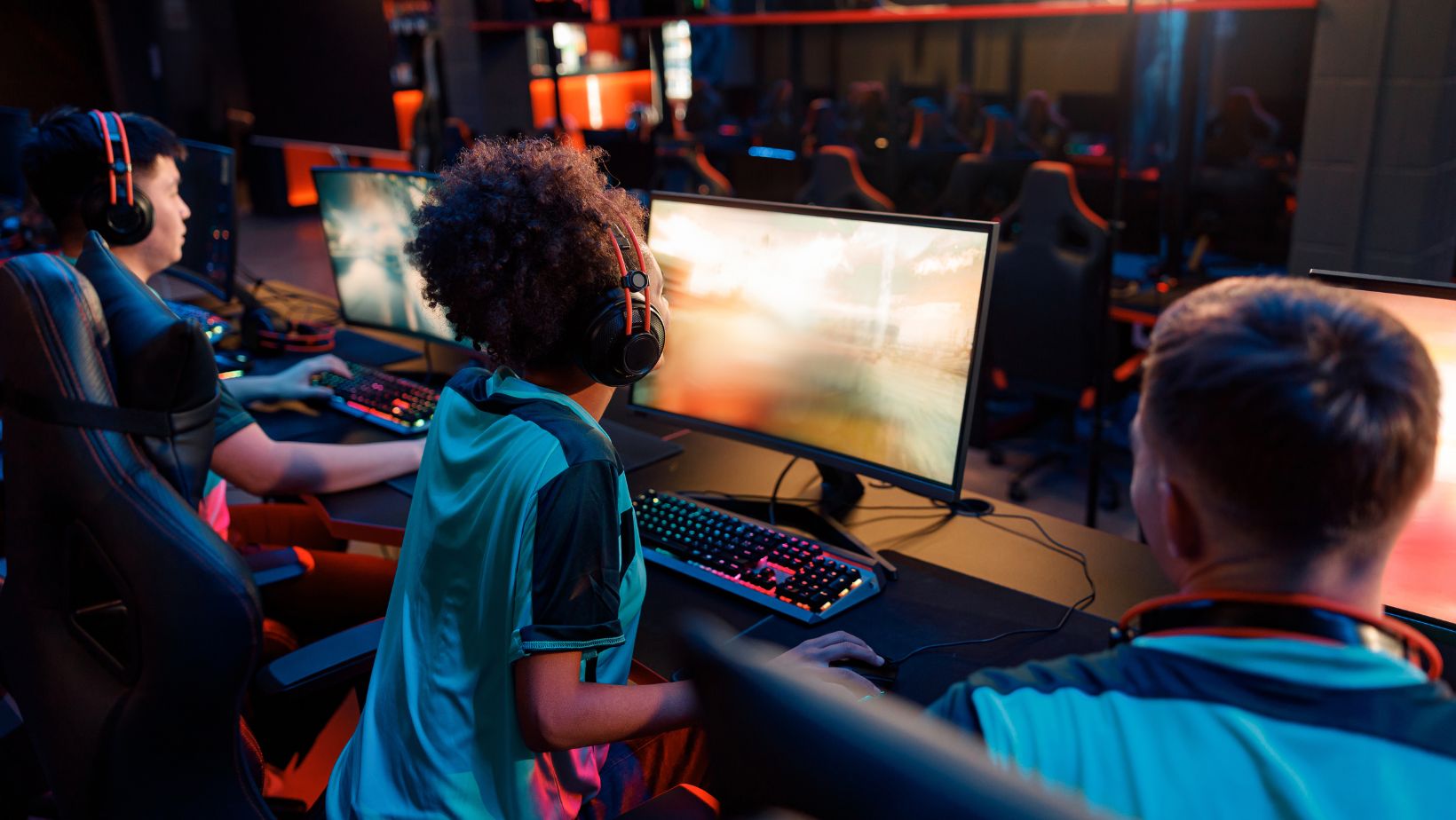
Humans have always loved collecting things – for the longest time. Back then, it’d be rare stamps, baseball cards, with recently, sneakers to limited-edition art. The thrill of owning something exclusive is deeply rooted into our psychology. But now, in the digital age, that same desire still remains – just in a new form.
Digital collectibles are everywhere, whether it’s a rare CS:GO skin, a Fortnite outfit, or a limited-edition NFT. People are continuing to place value on things they can’t physically touch, but why? What is it about digital ownership that feels so real?
The Psychology of Collecting
The act of collecting taps into a person’s identity and status – it says something about who you are, what you like, and what you’re proud of. In the physical world, that might look like a shelf full of vinyl records or numerous vintage watches. But, in the digital world, it might be a pristine CS:GO Karambit Fade or an ultra-rare skin with a unique pattern.
In the digital world, these virtual items serve as symbols. They show dedication, luck, taste, or skill, and in competitive games, they’re often social signals. Your inventory becomes a part of your personal brand, whether your flexing skins worth thousands in a match, or just showing off your hand-crafted Steam profile.
The Shift Toward Digital Value
What makes this new form of ownership interesting is how real it feels, even though these items have no physical presence and cannot be touched. Thanks to blockchain technology, in-game trading systems, and community marketplaces, digital items are now trackable, tradable, and most importantly – valuable.

It’s not just about fun, but it’s about the satisfaction of owning something that others want but can’t get easily.
Gambling and the Thrill of Risking Ownership
One of the most unique aspects of digital ownership is the willingness to put it at risk for the chance of getting something better. Within the CS:GO community, gambling has been on a consistent rise in popularity, where players bet their items in fast-paced games based on chance.
One of the most popular formats is the Counter-Strike coinflip. The game is extremely simple – two players stake skins of equal value, and a digital coin is flipped. Winner takes all. It’s high-stakes, high-reward, and plays into the thrill of both gambling and the value of the item being risked. That M9 Bayonet you just won wasn’t a random drop – it was earned in a flash of adrenaline.
Gambling adds a layer of intensity to digital ownership, as suddenly, that skin you spent time or money acquiring isn’t just sitting in your inventory – it’s actively part of a bigger and riskier game.
Why Does Digital Ownership Feel So Real
Despite these items being intangible, digital items often feel just as meaningful as physical ones. This is because they represent time, effort, and attachment. You remember when you unboxed that knife, or when you won that coinflip. The attachment to these digital items is real, even if the item will live on a server for eternity. And for many, that’s more than enough.


